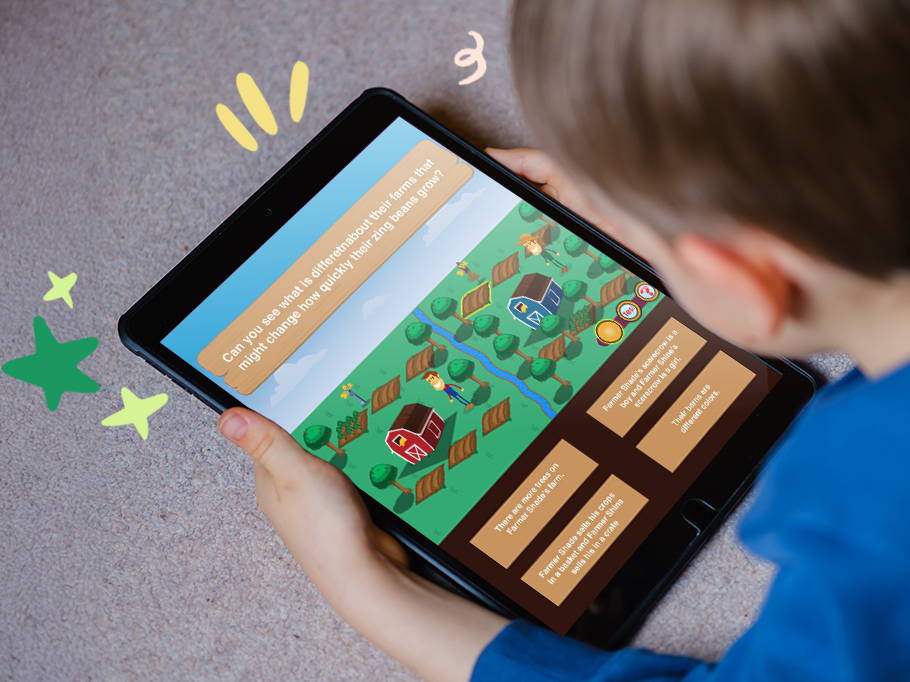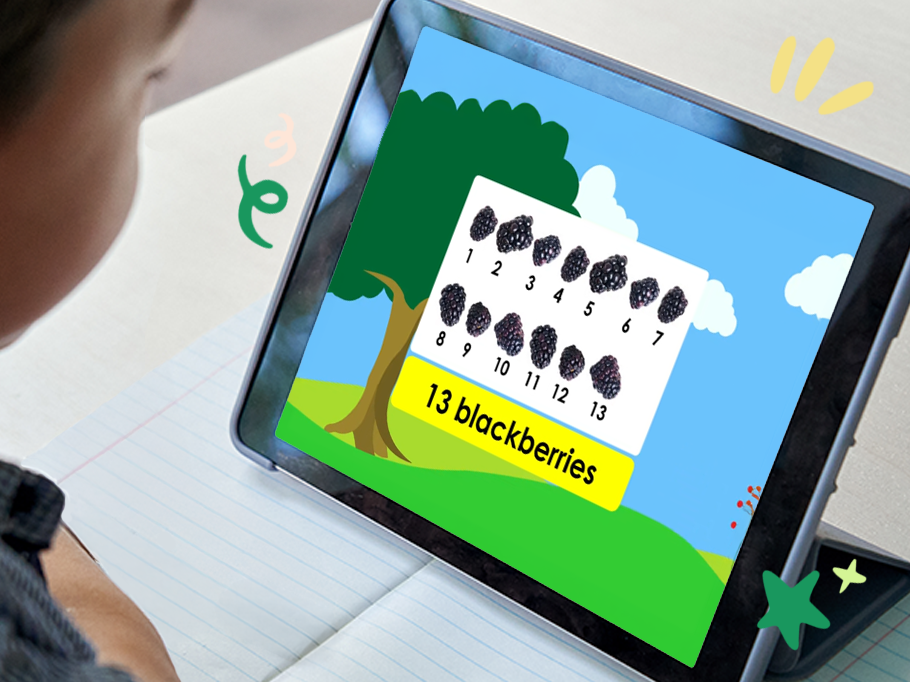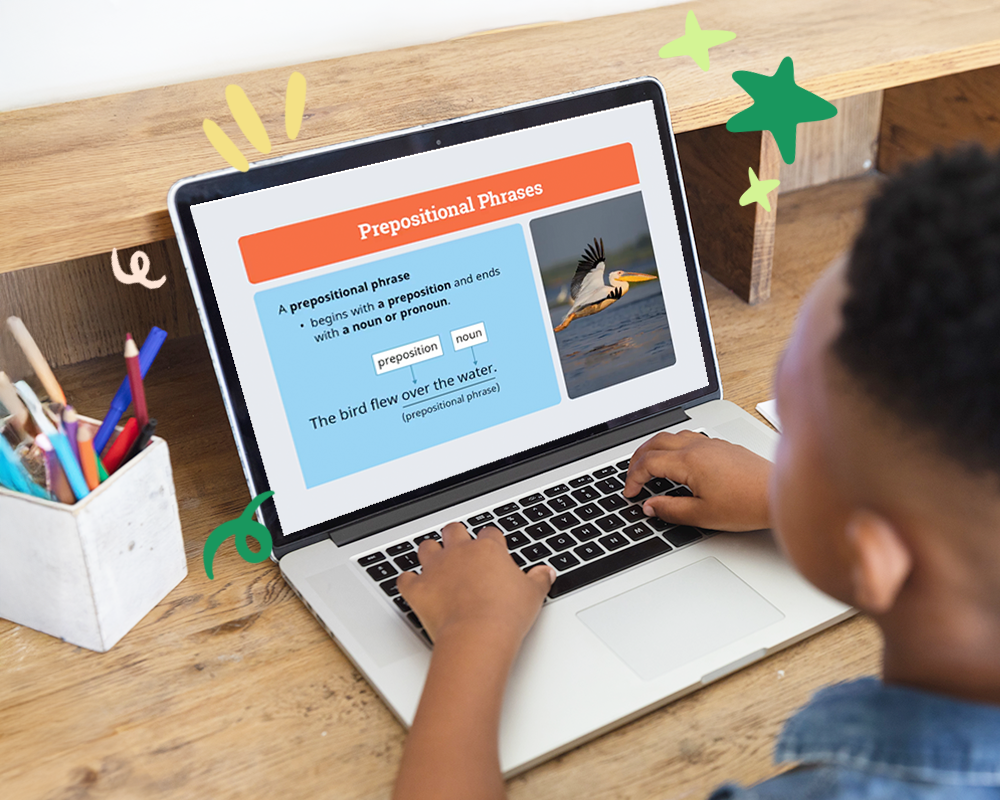How to homeschool in Nevada


Nevada homeschooling laws and options
We have done our best to ensure the accuracy of this information, however it should not be interpreted as legal advice. It is your responsibility to interpret and understand the laws that you will be homeschooling under.
How to homeschool with Time4Learning in Nevada
FPO lifestyle image



Nevada's high school graduation and diploma requirements

Nevada’s standardized test requirements for homeschoolers

Applying to college as a homeschooler in Nevada


















